Comparative transcriptome analysis of Glyphodes pyloalis Walker (Lepidoptera: Pyralidae) reveals novel insights into heat stress tolerance in insects
- PMID: 29258441
- PMCID: PMC5735938
- DOI: 10.1186/s12864-017-4355-5
Comparative transcriptome analysis of Glyphodes pyloalis Walker (Lepidoptera: Pyralidae) reveals novel insights into heat stress tolerance in insects
Abstract
Background: Heat tolerance is a key parameter that affects insect distribution and abundance. Glyphodes pyloalis Walker (Lepidoptera: Pyralidae) is a devastating pest of mulberry in the main mulberry-growing regions and can cause tremendous losses to sericulture by directly feeding on mulberry leaves and transmitting viruses to Bombyx mori. Moreover, G. pyloalis shows a prominent capacity for adaptation to daily and seasonal temperature fluctuations and can survive several hours under high temperature. To date, the molecular mechanism underlying the outstanding adaptability of this pest to high temperature remains unclear.
Results: In this study, we performed comparative transcriptome analyses on G. pyloalis exposed to 25 and 40 °C for 4 h. We obtained 34,034 unigenes and identified 1275 and 1222 genes significantly upregulated or downregulated, respectively, by heat stress. Data from the transcriptome analyses indicated that some processes involved in heat tolerance are conserved, such as high expression of heat shock protein (HSP) genes and partial repression of metabolism progress. In addition, vitamin digestion and absorption pathways and detoxification pathways identified here provided new insights for the investigation of the molecular mechanisms of heat stress tolerance. Furthermore, transcriptome analysis indicated that immune and phosphatidylinositol signaling system have a close relationship with heat tolerance. In addition, the expression patterns of ten randomly selected genes, such as HSP and cytochrome P450, were consistent with the transcriptome results obtained through quantitative real-time PCR.
Conclusions: Comparisons among transcriptome results revealed the upregulation of HSPs and genes involved in redox homeostasis, detoxication, and immune progress. However, many metabolism progresses, such as glycolysis/gluconeogenesis and fatty acid biosynthesis, were partially repressed. The results reflected that the heat tolerance of G. pyloalis is a fairly complicated process and related to a broad range of physiological regulations. Our study can improve understanding on the mechanisms of insect thermal tolerance.
Keywords: Glyphodes pyloalis; Heat shock protein; Heat stress; Immune; Metabolism; RNA-Seq; Redox homeostasis.
Conflict of interest statement
Ethics approval and consent to participate
Not applicable.
Consent for publication
Not applicable.
Competing interests
I confirm that I have read BioMed Central’s guidance on competing interests and have included a statement in the manuscript on any competing interests. The authors declare no competing financial interests.
Publisher’s Note
Springer Nature remains neutral with regard to jurisdictional claims in published maps and institutional affiliations.
Figures
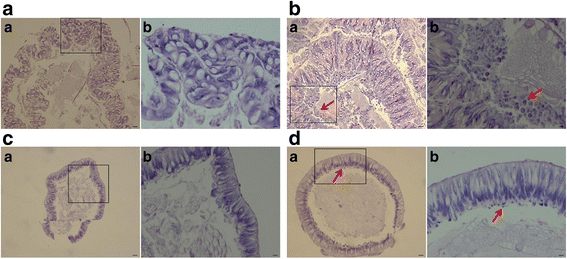
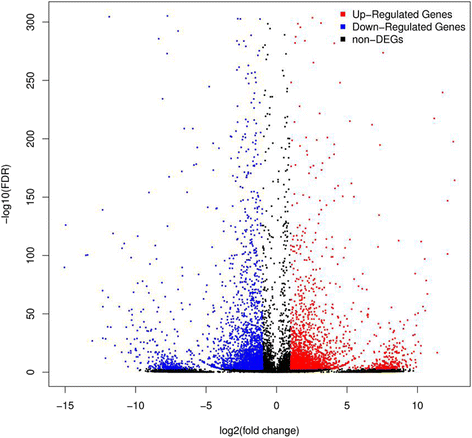
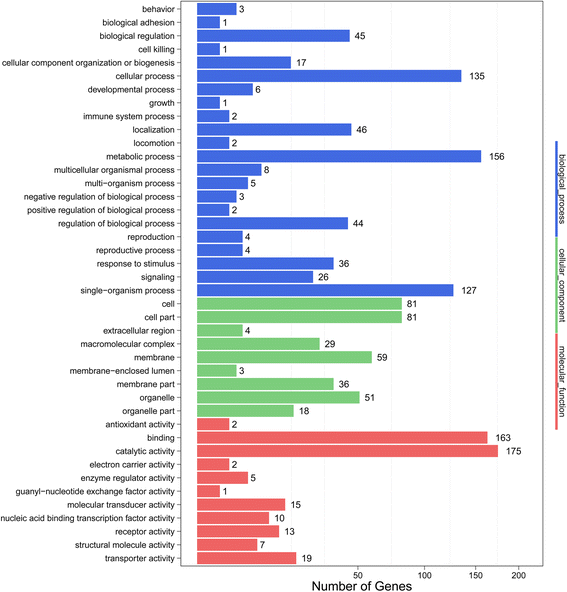

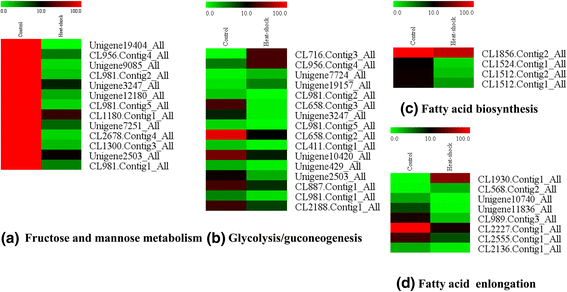

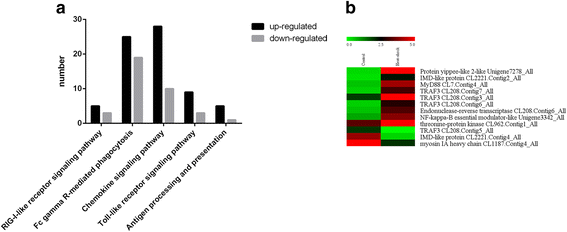
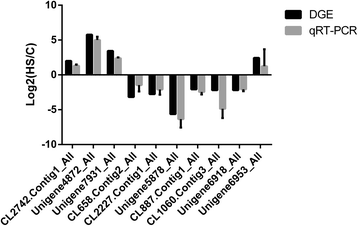
Similar articles
-
Identifications, Characteristics, and Expression Patterns of Small Heat Shock Protein Genes in a Major Mulberry Pest, Glyphodes pyloalis (Lepidoptera: Pyralidae).J Insect Sci. 2020 May 1;20(3):2. doi: 10.1093/jisesa/ieaa029. J Insect Sci. 2020. PMID: 32365175 Free PMC article.
-
Identification and Functional Study of Chitin Metabolism and Detoxification-Related Genes in Glyphodes pyloalis Walker (Lepidoptera: Pyralidae) Based on Transcriptome Analysis.Int J Mol Sci. 2020 Mar 10;21(5):1904. doi: 10.3390/ijms21051904. Int J Mol Sci. 2020. PMID: 32164390 Free PMC article.
-
Comparative transcriptome profiling reveals candidate genes related to insecticide resistance of Glyphodes pyloalis.Bull Entomol Res. 2020 Feb;110(1):57-67. doi: 10.1017/S0007485319000257. Epub 2019 Jun 20. Bull Entomol Res. 2020. PMID: 31217039
-
Mechanisms underpinning the beneficial effects of fluctuating thermal regimes in insect cold tolerance.J Exp Biol. 2018 Jul 23;221(Pt 14):jeb164806. doi: 10.1242/jeb.164806. J Exp Biol. 2018. PMID: 30037966 Review.
-
Significance of molecular chaperones and micro RNAs in acquisition of thermo-tolerance in dairy cattle.Anim Biotechnol. 2022 Aug;33(4):765-775. doi: 10.1080/10495398.2020.1830788. Epub 2020 Oct 29. Anim Biotechnol. 2022. PMID: 33121378 Review.
Cited by
-
Transcriptome Analysis of Myzus persicae to UV-B Stress.J Insect Sci. 2021 May 1;21(3):7. doi: 10.1093/jisesa/ieab033. J Insect Sci. 2021. PMID: 34021758 Free PMC article.
-
Thermal acclimation uncovers a simple genetic basis of adaptation to high temperature in a cosmopolitan pest.iScience. 2024 Feb 15;27(3):109242. doi: 10.1016/j.isci.2024.109242. eCollection 2024 Mar 15. iScience. 2024. PMID: 38425842 Free PMC article.
-
Comparative Transcriptome and Proteome Analysis of Heat Acclimation in Predatory Mite Neoseiulus barkeri.Front Physiol. 2020 Apr 29;11:426. doi: 10.3389/fphys.2020.00426. eCollection 2020. Front Physiol. 2020. PMID: 32411020 Free PMC article.
-
The Role of Heat Shock Proteins in Insect Stress Response, Immunity, and Climate Adaptation.Insects. 2025 Jul 21;16(7):741. doi: 10.3390/insects16070741. Insects. 2025. PMID: 40725371 Free PMC article. Review.
-
Identifications, Characteristics, and Expression Patterns of Small Heat Shock Protein Genes in a Major Mulberry Pest, Glyphodes pyloalis (Lepidoptera: Pyralidae).J Insect Sci. 2020 May 1;20(3):2. doi: 10.1093/jisesa/ieaa029. J Insect Sci. 2020. PMID: 32365175 Free PMC article.
References
-
- Hallman GJ, Denlinger DL. Temperature sensitivity in insects and application in integrated pest management. 1998.
-
- Zhang G, Xingliang XU, Zhou C, Zhang H, Hua O. Responses of vegetation changes to climatic variations in Hulun Buir grassland in past 30 years. Acta Geograph Sin. 2011;66(1):47–58.
MeSH terms
Substances
LinkOut - more resources
Full Text Sources
Other Literature Sources

